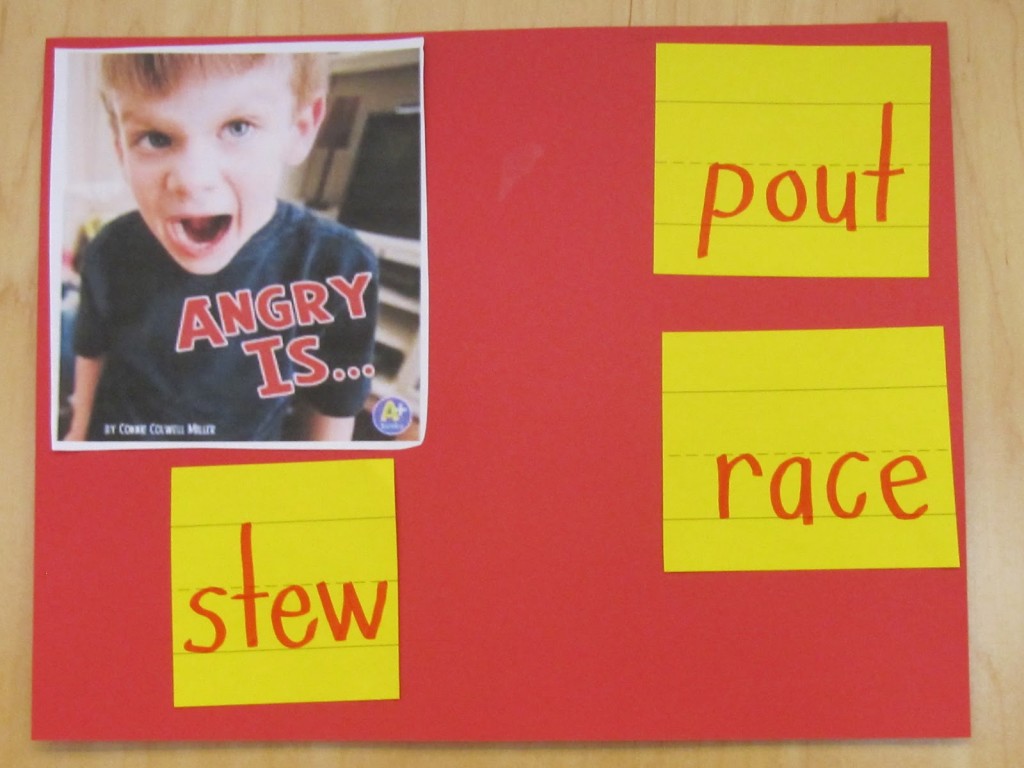3 Great Teaching Tools for Emotion Words and Feeling Concepts
Emotional concepts can be tricky for typically developing children to comprehend and even more so for children with some language learning disorders. Emotions, feelings and recognizing those in others using their body language is often addressed in speech therapy for children on the autism spectrum or with Aspergers syndrome but is crucial for most children. Feeling words can incorporate new vocabulary, pragmatics and literacy into communication lessons in groups or with individuals. They are crucial concepts for social-emotional development and building relationships. Try these great resources and tools:
1.) Teach Emotion Concepts and Facial Expressions
One of the best and most resourceful websites for teaching emotions is the Do2Learn website which gives providers a wealth of interactive activities and print materials for a variety of ability levels.
Using the Do2Learn emotions Color Wheel, readers can click on a variety of emotion words presented on a colorful visual wheel and see a corresponding image of the facial expression associated with that emotion. The word is also used in a sentence and the definition is given. What is great about the wheel is that it shows the relationships between emotions (e.g., how is happy related to excited) and degrees of how strong an emotion word is (e.g., happy has a different connotation than excited, but both are positive but excited means a greater degree of elation).
A great set of printable materials, these emotion and scenario cards help learners match emotion words to facial expressions and problem solve scenarios in which various emotion words should be used. Great for use in a group therapy session as well. For practice try the Faceland game!
2.) Make a Feelings Book
Children learn best when they can apply concepts to their own life. Emotions are particularly important for children to incorporate into their own life so they can learn to recognize and identify them in themselves. Using an online template, make a feelings book. Incorporate the child’s own name and photos into any personal materials to make it the most relevant. When children can be mindful of their own emotions they can begin to manage their behaviors surrounding them and communicate better about emotional states. This includes story-telling and learning cause-effect relations, for example, “he is mad because he lost.”
3.) Role Play Game
Children need to learn to identify their own emotion and respond to others. What better way to practice, than to role play? Using puppets can be a great way to role play and practice social responses and assessing emotions. Try making puppets using old socks, paper bags or download some creative apps that create virtual puppets right on your screen. When working with children who have difficulty with narratives, it might be difficult to create a cohesive conversation using puppets so it might be best to outline the storyline or conversation ahead of time. Create a kick of event (losing a game, breaking something) that creates an emotional response and discuss the character’s reactions to the event. Again, it’s best to help organize the storyline with the child and designate roles. The child might do well as the “friend” puppet and you can instruct the to “be a good friend” and ask,” what would you say to your friend who is sad?”




